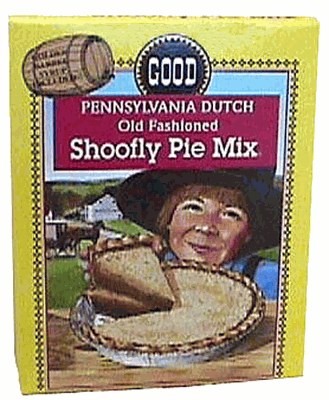This post is a recording of Celebrated Shoo Fly Galop
by W.L. Hayden, which was published in 1877.
I like the way this rocks out. It’s a fun uptempo dance tune. Also I dig the idea of the celebrated shoo fly, which reminds me of a Mark Twain story called “The Celebrated Jumping Frog of Calaveras County:”
In compliance with the request of a friend of mine, who wrote me from the East, I called on good-natured, garrulous old Simon Wheeler, and inquired after my friend’s friend, Leonidas W. Smiley, as requested to do, and I hereunto append the result. I have a lurking suspicion that Leonidas W. Smiley is a myth; that my friend never knew such a personage; and that he only conjectured that, if I asked old Wheeler about him, it would remind him of his infamous Jim Smiley, and he would go to work and bore me nearly to death with some infernal reminiscence of him as long and tedious as it should be useless to me. If that was the design, it certainly succeeded.
So what kind fly is a shoo
fly, anyway? There is no such thing. It’s a folksy expression along the same lines as like flies to shit
or keg flies.
For example, the shoo flies in this 1915 recipe for shoo fly pie don’t mean the pie is made of bugs, they mean it’s sticky and sweet:

How does shoo fly pie taste? According to this person who made it, your mileage may vary:
To me this pie did not smell good or look good but Darrell’s co-workers seemed to like it.

The dance is something called a galop. I come across a lot of galop music and references to the galop, so it must have been popular. The Polka History of Dance explains it this way:
The popularity of the polka led to the introduction of several other dances from central Europe. The simplest was the galop or galoppade which was introduced into England and France in 1829. Dance position was the same as for the waltz or polka, with couples doing a series of fast chassés about the room with occasional turns. Music was in 2/4 time, often merely a fast polka. The galop was particularly popular as the final dance of the evening.
And wikipedia says:
In dance, the galop, named for the fastest running gait of a horse (see gallop), a shortened version of the original term galoppade, is a lively country dance, introduced in the late 1820s to Parisian society by the duchesse de Berry and popular in Vienna, Berlin and London. In the same closed position familiar in the waltz, the step combined a glissade with a chassé on alternate feet, ordinarily in a fast 2/4 time. The galop was a forerunner of the polka, which was introduced in Prague ballrooms in the 1830s and made fashionable in Paris when Raab, a dancing teacher of Prague, danced the polka at the Odéon Theatre, 1840.
The galop was particularly popular as the final dance of the evening. The “Post horn Galop” written by the cornet virtuoso Herman Koenig was first performed in London, 1844; it remains a signal that the dancing at a hunt ball or wedding reception is ended.
There are mistakes left in the recording. Unedited solo acoustic instrumentals on guitar are an unforgiving form, and I’m not yet good enough to get a perfect take within a reasonable amount of time and labor. The medium is like watercolor painting in the sense that no corrections are possible. The hardest part for me is the tradeoff between passion and correctness. I can do a version with no ugly mistakes pretty reliably, and I can do something which is passionate and musical any time I’m in the right mood, but I can’t consistently do both at the same time. At the same time, the sonic clarity of 1-track real-time acoustic playing means that I can’t avoid a hard phrase by mumbling it or cover it up by emphasizing whatever is on other tracks.
I learned this song from David Allen Coester‘s digitization of “Hayden’s Star Collection of Guitar Music.” There is no composer in the original publication, and Hayden is credited as the arranger rather than the composer, but I gave Hayden the composition credit by default. Here is the sheet music:

These recordings are released under the terms of the Creative Commons Attribution-ShareAlike 3.0 license per my boilerplate licensing statement.

 Lucas Gonze — Ella Waltz
Lucas Gonze — Ella Waltz

 Lucas Gonze — Celebrated Shoo Fly Galop
Lucas Gonze — Celebrated Shoo Fly Galop


 Lucas Gonze — Must I, Then?
Lucas Gonze — Must I, Then?
 Original Dixieland Jazz Band — St Louis Blues
Original Dixieland Jazz Band — St Louis Blues
 Love Is Good
Love Is Good